TL;DR
- Route 66: The quintessential “Main Street of America,” packed with nostalgic diners, neon signs, and towns frozen in time, famously animated in “Cars.”
- Monument Valley (UT/AZ): Iconic Western backdrop (featured in “Thelma & Louise,” “Forrest Gump”) with towering sandstone buttes, best experienced on Highway 163.
- Big Sur Coastline (CA): Dramatic Highway 1 cliffs overlooking the Pacific, starring Bixby Bridge and McWay Falls (seen in films like “The Doors”).
- Death Valley (CA): Surreal, alien landscapes of salt flats (Badwater Basin) and mysterious moving rocks (“Zabriskie Point,” “Star Wars”).
- Texas Hill Country: Rolling hills, wildflowers, and charming towns like Luckenbach and Fredericksburg, featured in films like “What’s Eating Gilbert Grape.”
- Going-to-the-Sun Road (MT): An engineering marvel traversing Glacier National Park’s breathtaking peaks, lakes, and wildlife (“A River Runs Through It”).
- Oregon Coast Highway 101: Moody, dramatic coastline featuring Cannon Beach’s Haystack Rock (“The Goonies”) and stunning Cape Perpetua vistas.
- Extraterrestrial Highway (NV): Lonely desert road near Area 51 (Highway 375), fostering UFO lore and leading to the quirky town of Rachel.
- Blue Ridge Parkway (VA/NC): Scenic Appalachian drive offering mountain vistas, fall colors, and rich musical heritage.
Key Advice: Plan your trip for spring or fall if possible. Pack smart, especially water for those empty stretches. Leave room for surprises. Take it slow. Chat with people who live there. And hey, don’t sweat wrong turns – sometimes best moments happen between big sights. America’s highways are waiting for your own epic road trip.
The Allure Of Road Trips
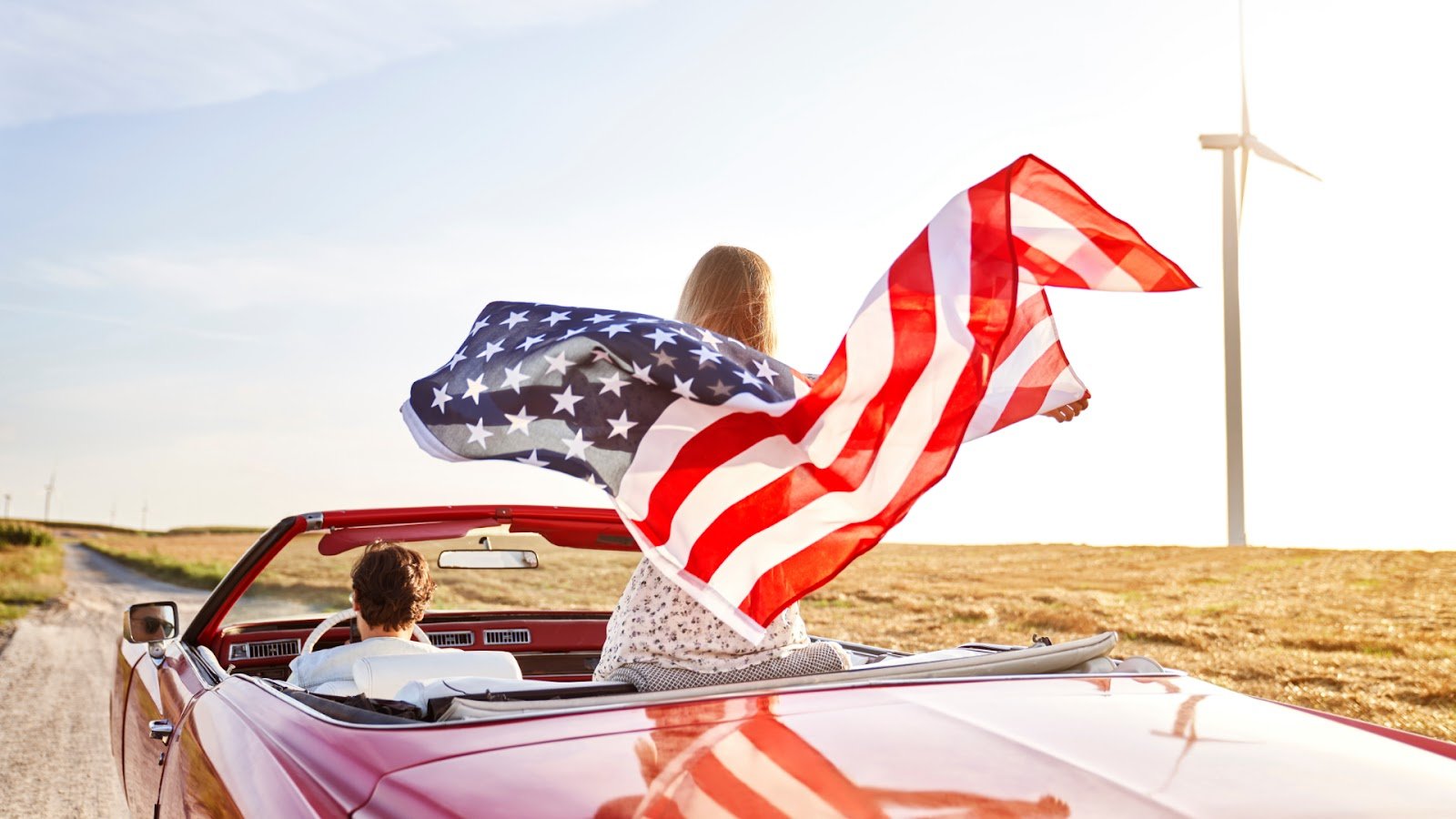
Picture this: you’re cruising an endless road, windows down, music loud, nothing but open highway ahead. That feeling? Pure cinema. America’s highways star in so many road movies. But some spots feel so cinematic, they seem right out of a movie.
These places aren’t just nice scenery. Reality mixes with fiction there. Every mile seems to tell its own tale. You almost expect Thelma and Louise to speed by in a convertible.
Route 66: America’s Main Street
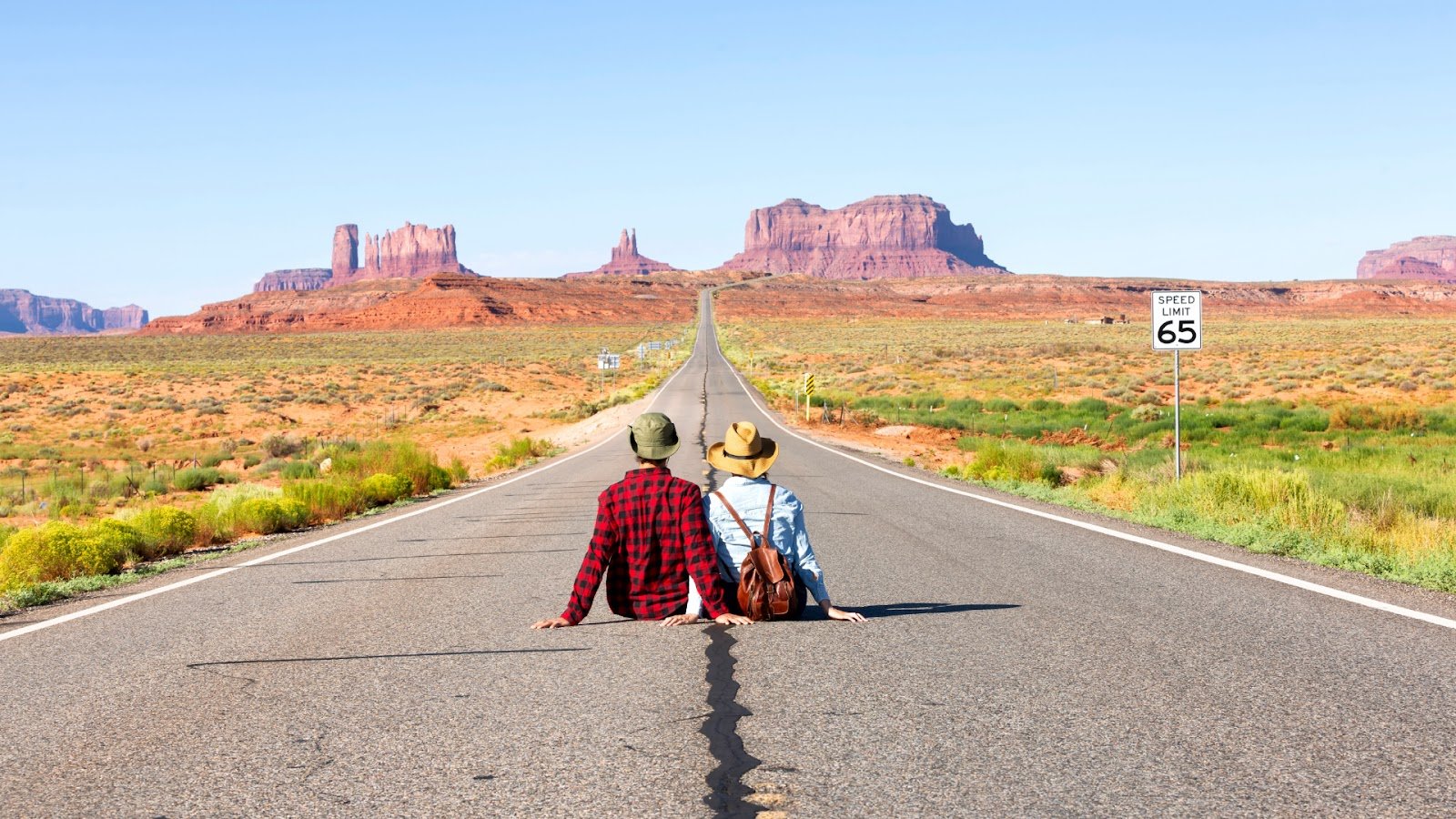
Forget other roads; if you want movie magic on asphalt, Route 66 is it. Running nearly 2,500 miles from Chicago to Santa Monica, this highway practically is a road film. More movies feature this stretch than feature most movie stars.
Sure, “Cars” animated it back in 2006. But seeing it live? That’s the real wonder. Take Seligman, Arizona – the actual place that sparked Radiator Springs. You’ll pass beat-up old gas stations. Vintage neon signs buzz under desert skies. Classic diners offer slices of pure nostalgia pie.
Little towns along the way feel stuck in a time warp. Williams, Arizona? It rolls like it’s still 1955. Tucumcari, New Mexico glows with more neon per block than Vegas imagines. Every stop seems ready for its close-up, a set needing actors.
Route 66 isn’t just pavement. It’s old dreams and new beginnings, all mixed together. Every quirky roadside spot tells a tale. Every empty building whispers about travelers long gone.
Monument Valley: Where Westerns Come Alive
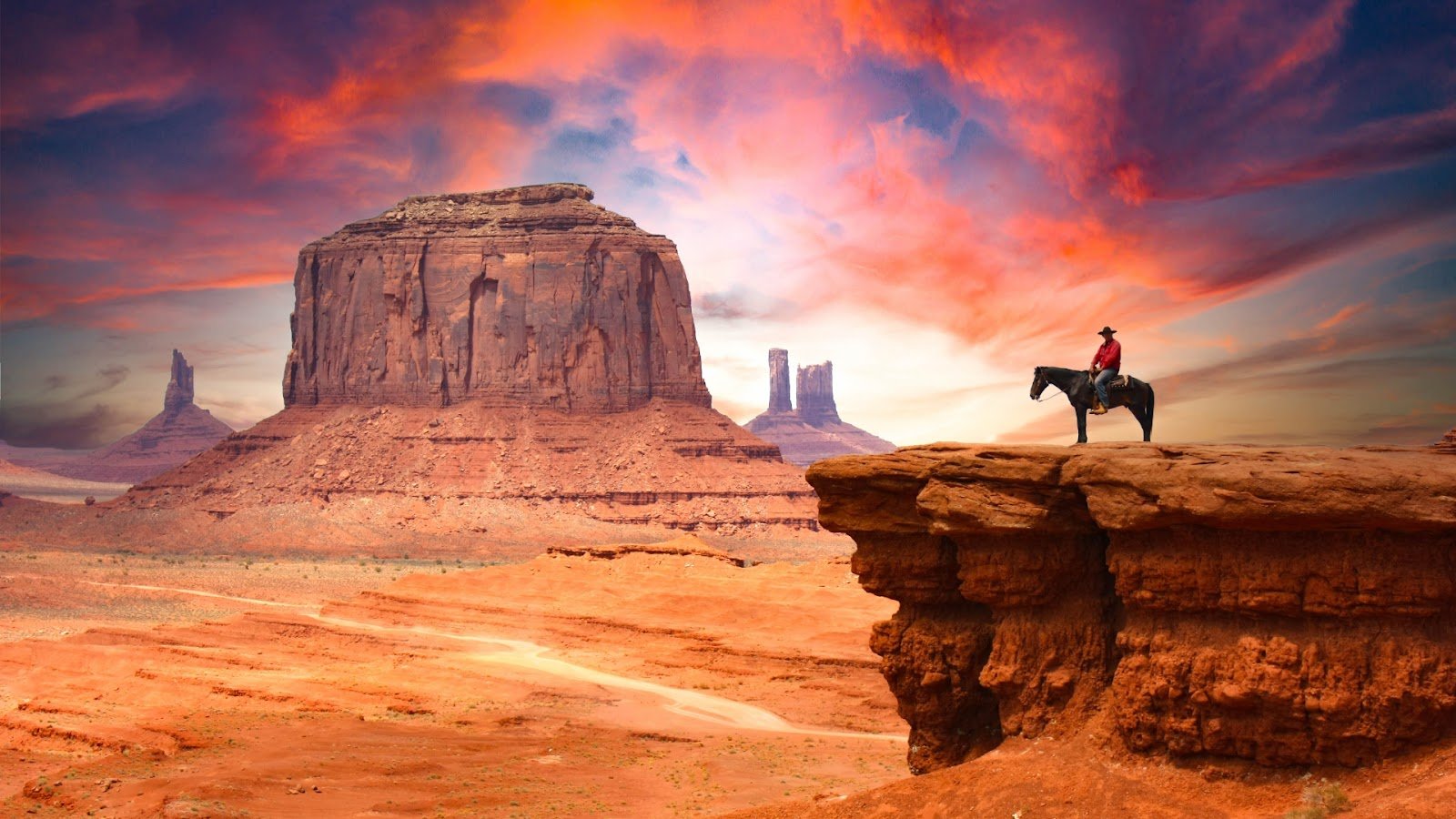
Monument Valley straddles Utah and Arizona. It’s probably America’s most famous landscape. You’ve seen those giant sandstone buttes before – they star in tons of movies, old John Ford westerns and even “Forrest Gump”.
For road trip movie fans, “Thelma & Louise” put these red rocks on the map. Remember their last scene, right on the canyon edge? That shows off Monument Valley’s raw power. Stand there yourself, and you get why filmmakers keep coming back.
Take Highway 163 through the valley. Get ready for stunning views. Huge formations shoot straight up from the flat desert, like ancient towers. Every bend in the road shows you something different, another reason to stop and look.
The Navajo Nation cares for this sacred land with pride. Book a guided tour. You’ll find hidden arches and special viewpoints most miss. Local guides tell stories handed down for generations. That connection gives this place a meaning deeper than any film scene.
Big Sur Coastline: Where Ocean Meets Drama
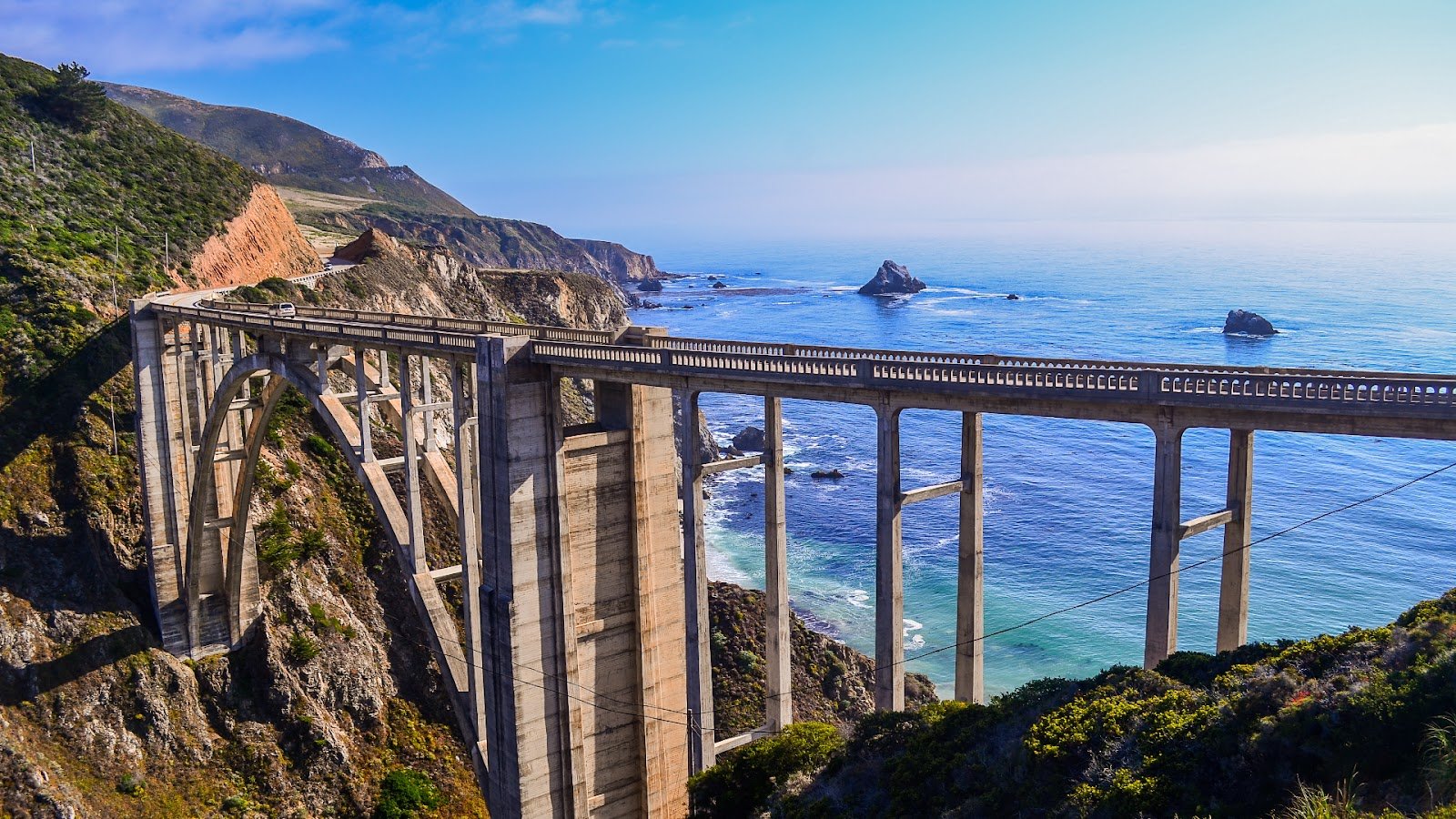
Driving California’s Big Sur coastline? Seriously stunning. Highway 1 clings to cliffs, way up over Pacific waves. Each bend reveals a new view. Every mile packs fresh drama.
Sure, tons of films are shot here. But “Monterey Pop” (1967) and “The Doors” (1991) really captured that wild beauty. Musicians and artists show up chasing inspiration. Writers come for quiet. Filmmakers hunt perfect light.
Bixby Creek Bridge is Big Sur’s star photo spot. This concrete arch crosses a deep canyon, simple and elegant. Cars look tiny driving across its huge span. The ocean stretches out forever past it.
Make a stop at McWay Falls. Watch fresh water drop eighty feet right onto a perfect beach. Purple sand meets white foam. Inland, redwood forests climb steep slopes. Everything feels huge, brighter than real life.
Death Valley: Alien Landscapes on Earth
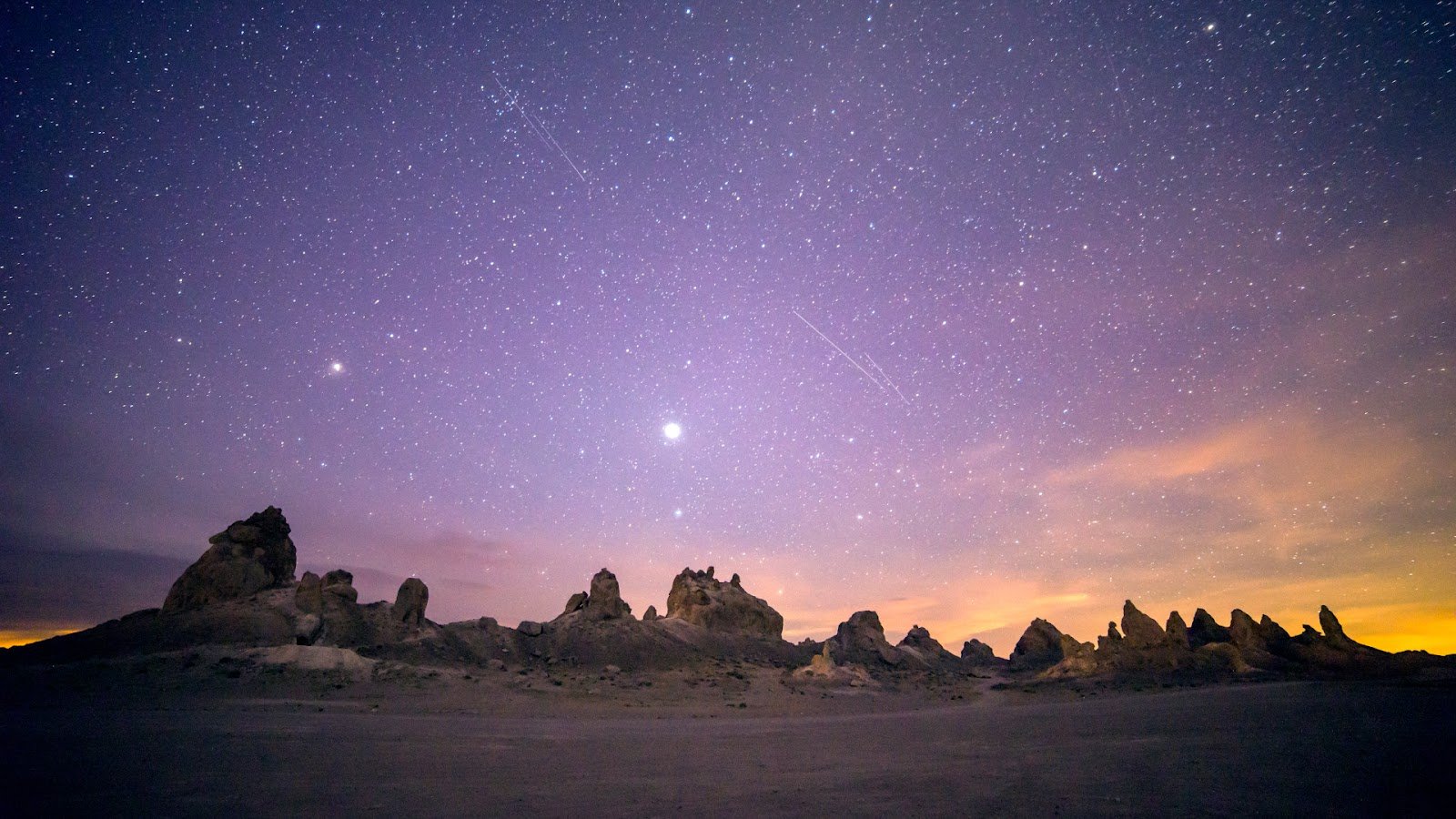
Filmmakers adore Death Valley National Park’s out-of-this-world look. Antonioni shot his 1970 movie “Zabriskie Point” right here, capturing the spot’s surreal, contemplative badlands.
Head to Badwater Basin. At 282 feet below sea level, it’s North America’s lowest spot. Vast salt flats run toward distant mountains, resembling a frozen white ocean. Intense heat cooks up mirages, blurring reality. Everything shimmers.
Then there’s Racing Stripes Rock and its mystery. Huge boulders seem to wander across a dry lake bed, leaving trails. Scientists figured out how, but the magic stays. Standing among these moving stones feels like stepping into a sci-fi flick – fitting, since movies love Death Valley’s alien look (think “Star Wars” scenes too).
Prepare for wild temperatures. Summer days often blast past 120°F. Winter nights can plunge below freezing. This brutal environment carves landscapes you won’t find anywhere else.
Texas Hill Country: Rolling Cinema
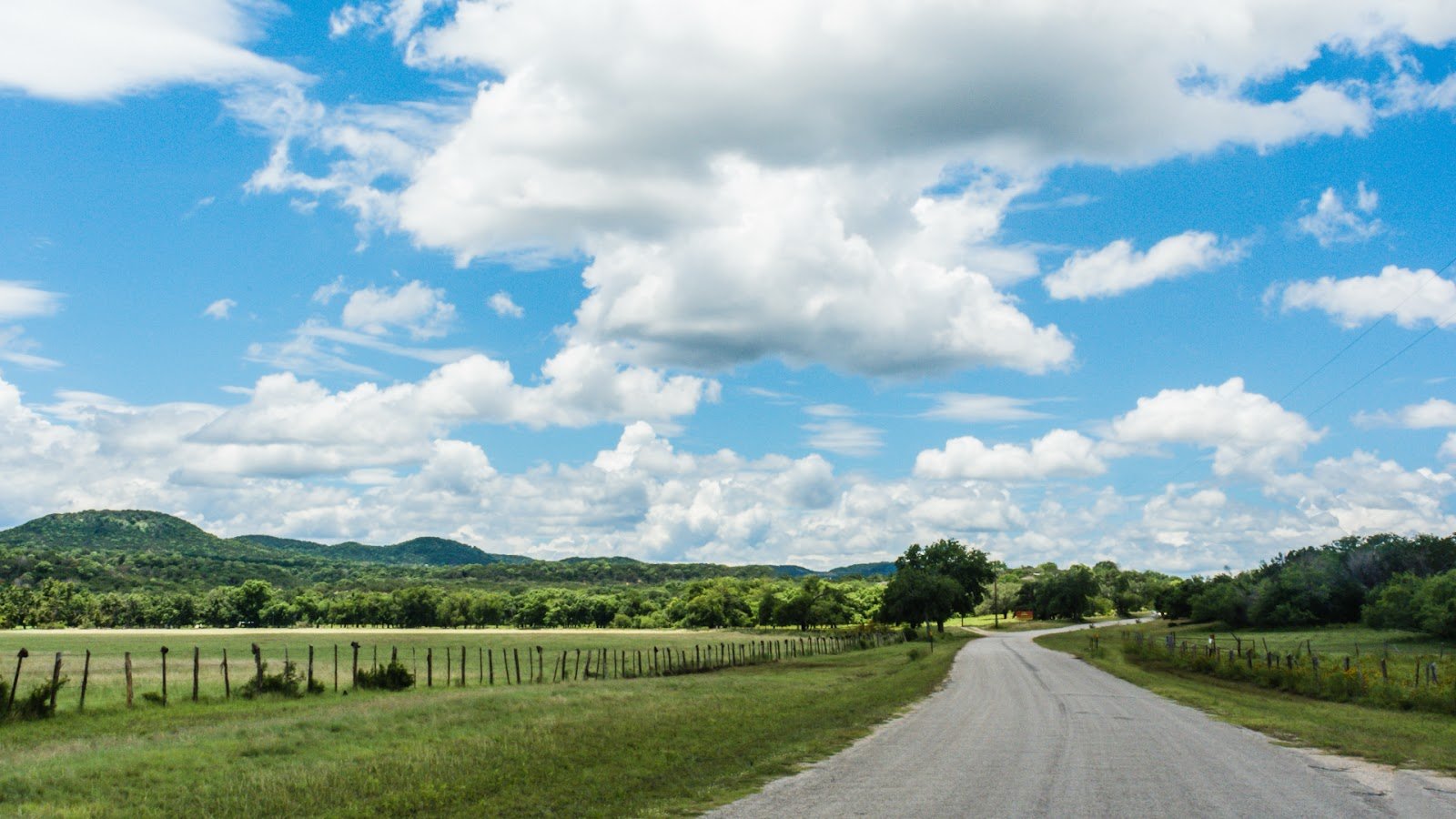
Central Texas greets visitors with rolling hills, clear springs, and meadows bursting with wildflowers. This exact scenery has starred in films like “What’s Eating Gilbert Grape”, often standing in for classic small-town America.
Then there’s Luckenbach. Population? Maybe three. Yup, just a general store, a dance hall, and a post office. Yet musicians flock here constantly. Beer is always flowing. And stories? They get taller every time someone tells them. Waylon Jennings sang about it, cementing its fame.
Fredericksburg blends German roots with true Texas character. Come spring, peach orchards explode in pink blossoms. Wineries sprinkle the nearby hills. Its Main Street charms filmmakers with buildings straight out of the 1800s.
Want pure movie magic? Drive Ranch Road 337 between Leakey and Vanderpool. This winding highway twists up and down through hill country like a roller coaster. Ancient live oaks form leafy tunnels overhead. In spring, wildflowers blanket the roadside.
Montana’s Going-to-the-Sun Road: Glacier National Park
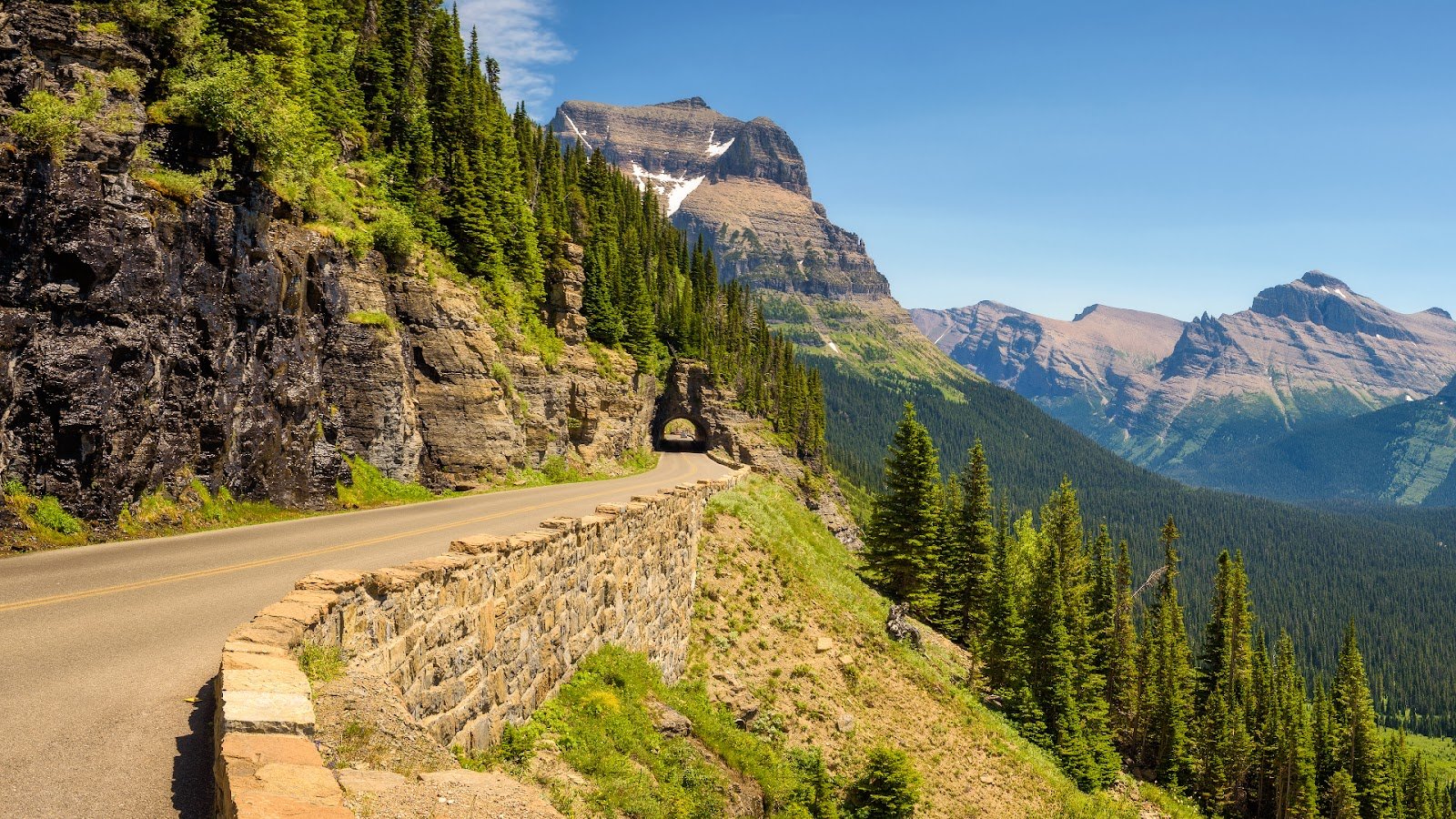
This road carves through Glacier National Park’s core, climbing valley floor to continental divide. Montana’s beauty starred in “A River Runs Through It”, yet this route packs even more punch.
Fifty miles wind past switchbacks, tunnels, and stunning views. Logan Pass hits 6,646 feet, ringed by peaks over 10,000 feet. Snow sticks around year-round up high. Alpine lakes mirror mountain faces perfectly.
Building it took 11 years and claimed lives. Workers cut the roadway from solid rock with basic tools and dynamite. Drivers today owe them for that sacrifice and grit.
Wildlife sightings happen often. Mountain goats perch on rocky ledges. Black bears root through meadows. Golden eagles circle overhead. Each sighting could be straight from a nature documentary.
Oregon Coast Highway 101: Misty Movie Magic
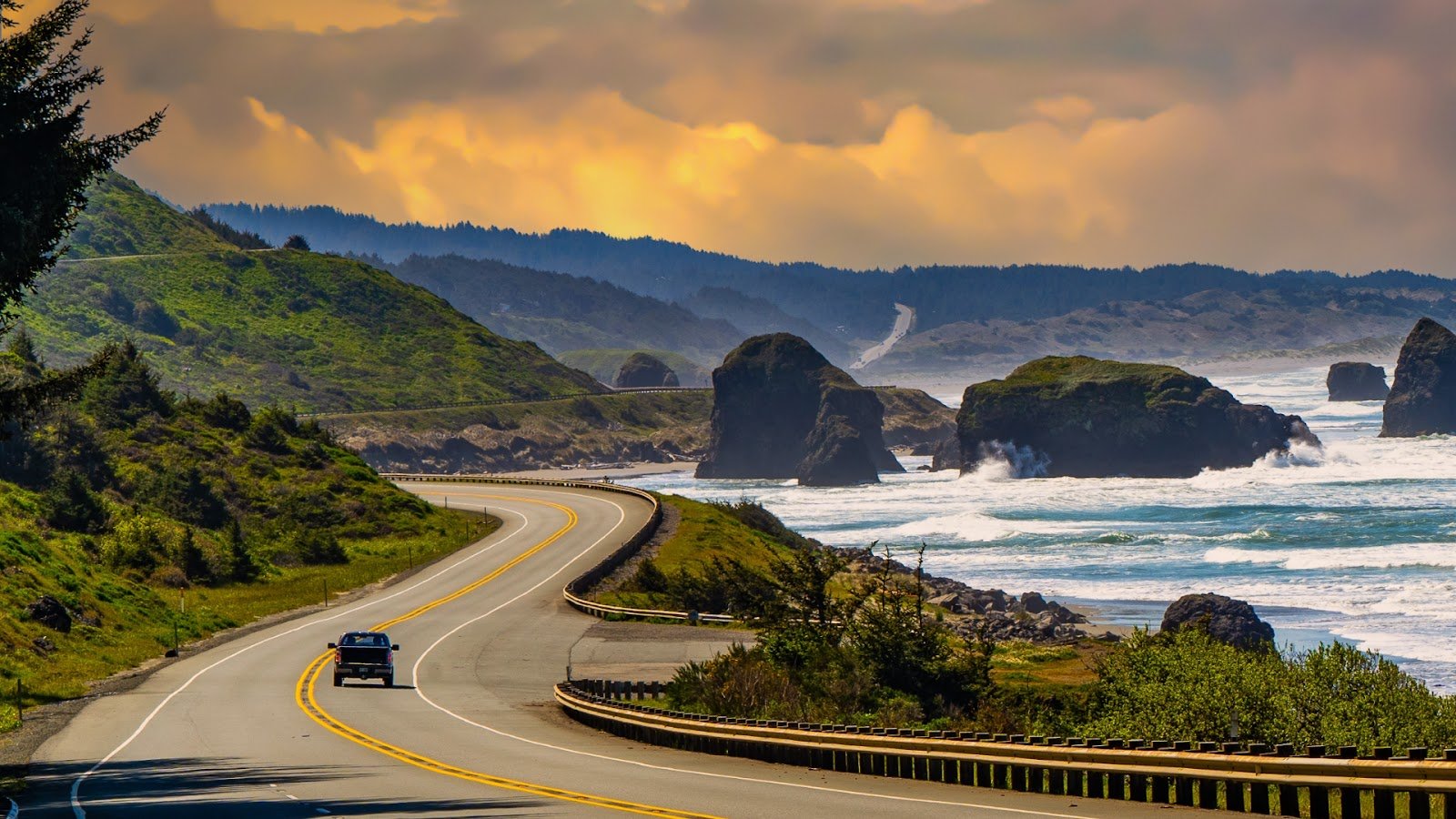
Oregon’s coast has that moody, cinematic beauty filmmakers love. Sure, “The Goonies” put Cannon Beach on the map, but honestly, this whole shoreline deserves its moment.
Picture Haystack Rock at Cannon Beach. It stands 235 feet tall right on the sand. Pacific storms make its shape dramatic against the sky. Around its base, tide pools are filled with bright sea creatures. Watch waves smash against this ancient volcano – it’s powerful stuff.
Head north toward Tillamook, and the views keep shifting. Sandy beaches shift to rocky cliffs. Thick forests suddenly open to wide meadows. You’ll spot lighthouses perched on dangerous points, guiding ships away from rough shores.
For the best high-up view, go to Cape Perpetua. At 800 feet above the ocean, you look straight out toward Asia. On a good day, you can see 37 miles over the water. When storms roll in, watching from here feels like having front-row seats to nature’s biggest show.
Nevada’s Extraterrestrial Highway: Area 51 And Beyond
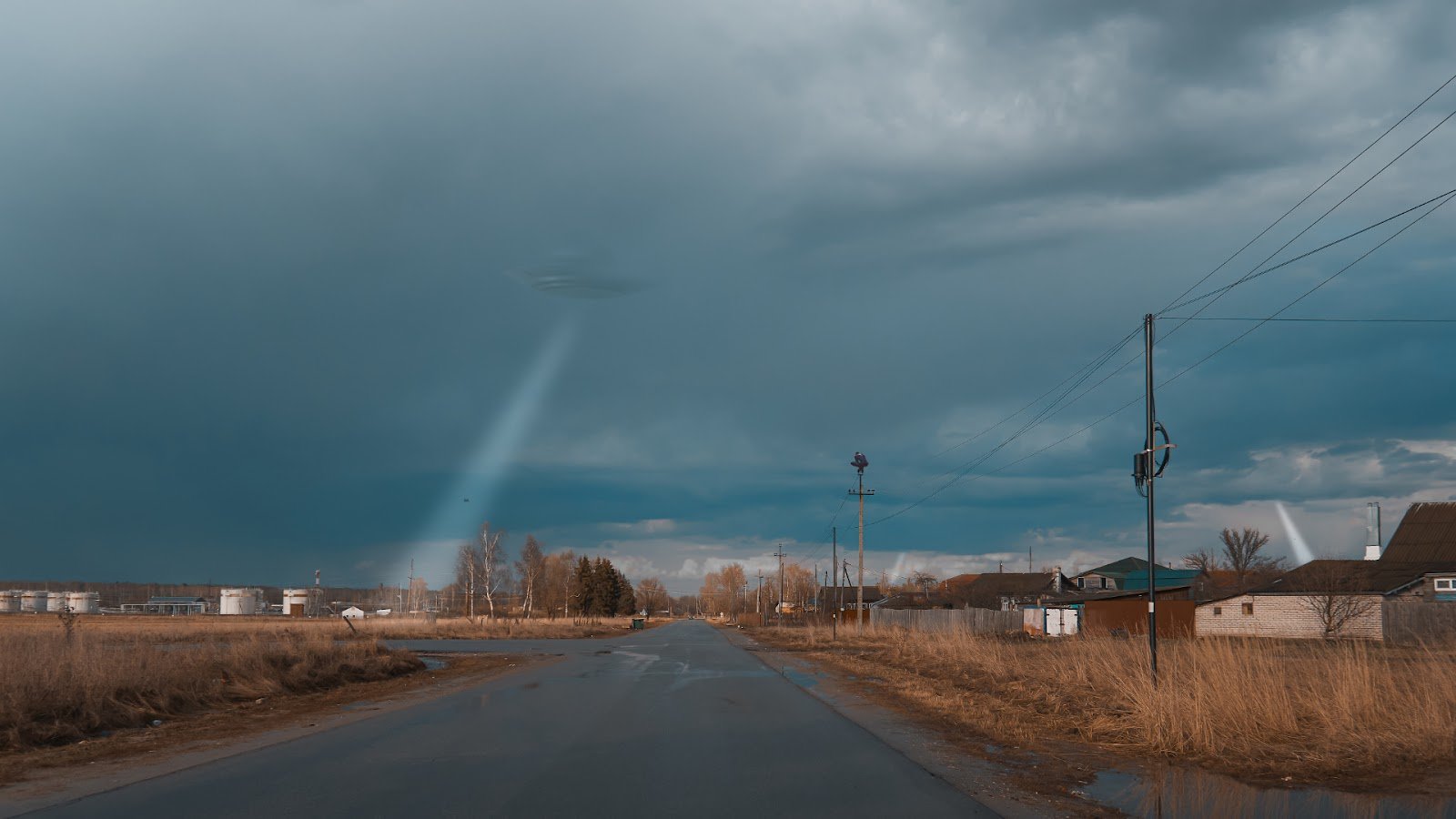
Nevada officially named Highway 375 the “Extraterrestrial Highway.” This lonely road runs close to Area 51. That proximity feeds constant UFO stories.
Nearby Rachel calls itself the UFO capital. About 50 people live there. The Little A’Le’Inn serves alien fans and road-trippers. UFO stuff covers every inch inside. Tales get wilder each time they’re told.
The landscape here looks otherworldly. Huge valleys sit between mountain chains. Plants are bare and odd-looking. Sometimes military jets flash across the sky, adding to the strangeness.
Each August, Burning Man pops up in the nearby Black Rock Desert. For one week, it becomes a temporary city. Massive art pieces grow from the empty flat ground. People in wild outfits create moving scenes.
Blue Ridge Parkway: Appalachian Poetry
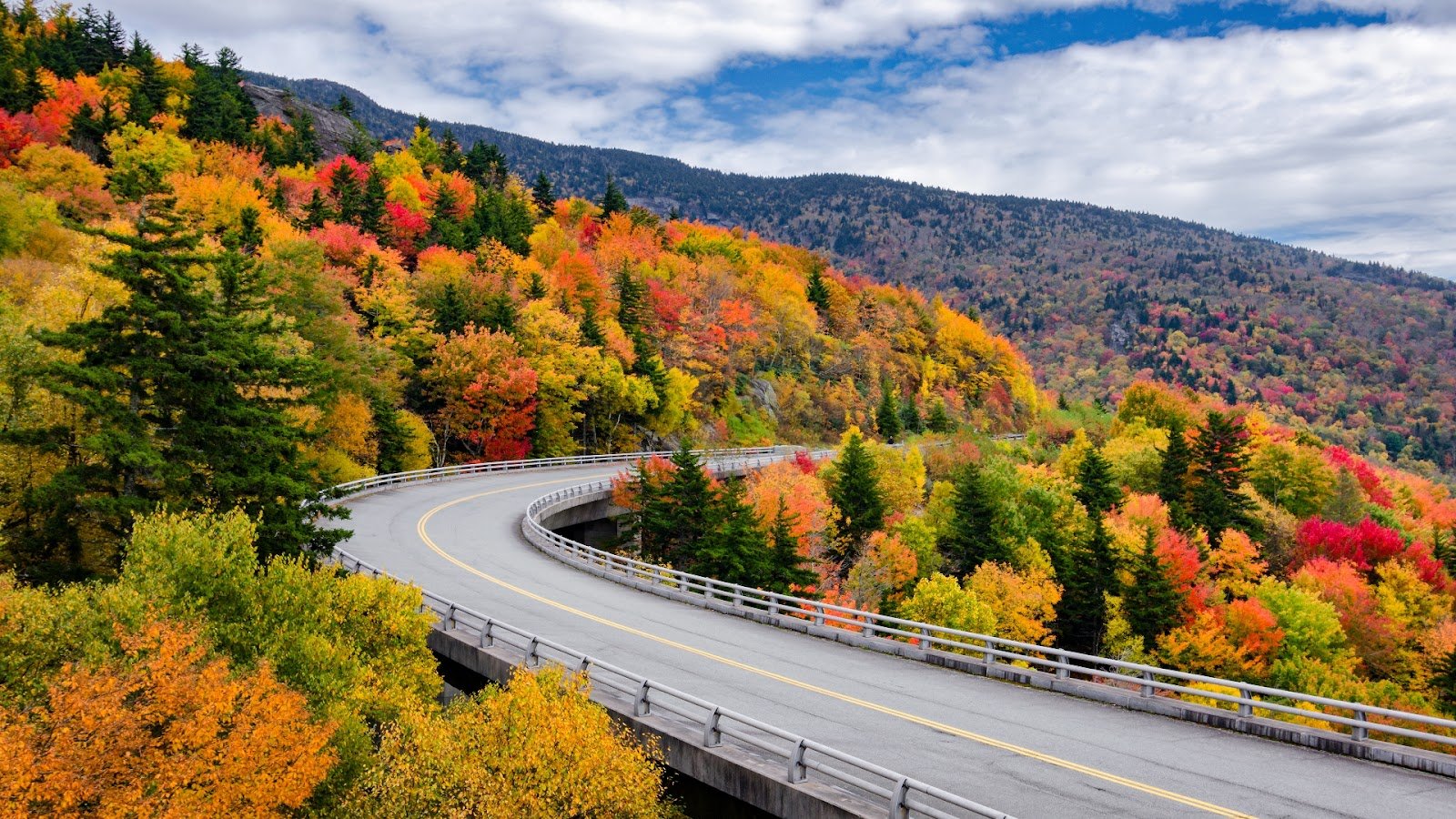
This scenic highway links Great Smoky Mountains and Shenandoah National Parks. It winds 469 miles along mountain ridges. While “Deliverance” captured wild Appalachia, Blue Ridge Parkway offers softer beauty.
At Grandfather Mountain, find big views and tough hikes. Its Mile High Swinging Bridge crosses a gap between rocky peaks. On clear days, you can see across several states.
Come fall, these mountains become living art. Maples go bright red. Oaks shift to golden yellow. Hickories add orange touches. Colors shift daily, thanks to elevation and latitude creating natural blends.
Mountain music is strong here. Bluegrass festivals pop up often. Local musicians meet at country stores and community centers. Their songs tell stories passed down for generations.
Planning Your Cinematic Road Trip
These places aren’t just about nice views. They connect you to real American stories and movie moments. Slow down, soak it all in, and each spot feels rewarding.
Good times to visit:
- Spring means wildflowers bloom and temps stay mild;
- Summer brings long daylight hours, though crowds show up;
- Fall offers amazing colors and comfy weather;
- Winter creates stark beauty, but driving gets tough;
Pack essentials, especially for remote spots. Don’t count on phone service everywhere. Gas stations can be few and far between on some roads. Water’s vital in desert areas.
Above all, stay open to surprises. The best road trip scenes pop up unplanned. Stop at quirky roadside spots. Chat with folks in small-town cafes. Turn down that unmarked road just because.
Living Your Own Road Movie

America’s highways are made for movie-worthy adventures. Sure, famous spots are great starting points, but the real magic? It happens between those points. Think empty roads, random chats with strangers, and finding cool stuff you never planned to see. That’s what sticks with you.
Each mile has its own tale. Every little town hides something interesting. Every sunset means tomorrow brings something new. Fill up your tank, keep an open mind, and just go. Your own personal road story is waiting down that next stretch.
Pack light. Take it slow. Remember, the best places often don’t show up on any map. Getting lost sometimes leads you exactly where you need to be. A wrong turn can become your best adventure yet.
These cinematic roads call out to dreamers, wanderers, anyone craving real moments. Go ahead and answer. Your road movie begins right now.
FAQ
What Makes These Road Trips “Cinematic”?
These places let you walk landscapes and routes made famous by big movies. It feels like stepping right onto a film set or replaying those classic scenes in your head. You get real-world beauty mixed right in with Hollywood’s history.
Do I Need To Be A Movie Buff To Enjoy These Routes?
Absolutely not! Incredible natural landscapes, unique towns, and pure adventure draw people in all by themselves. Those movie ties? They just make the whole thing more interesting and add some cool background.
How Can I Make My Road Trip Feel More “Cinematic” or Memorable?
Ease off the gas. Make time for those weird little stops along the road. Grab a coffee somewhere local and chat with people. See an interesting side road? Take it. Let things happen. A good playlist matters for miles on the road. Find a great view for sunrise or sunset. And yeah, put your phone away. Actually look around and soak in your surroundings.
Is Solo Road Tripping Safe And Enjoyable?
Totally! It’s real freedom and a chance to find yourself. Just remember to stay safe: tell someone your plans, check in now and then, pay attention to what’s around you. Stick to busy places at night, and listen to your gut feeling.
How Do I Manage Connectivity And Navigation In Remote Areas With Poor Cell Service?
Before you go, grab offline maps – use Google Maps or Maps.me for your whole route. Pack paper road atlases too, just in case. For really remote spots, think about a satellite messenger for emergencies. And always tell someone your plan each day.

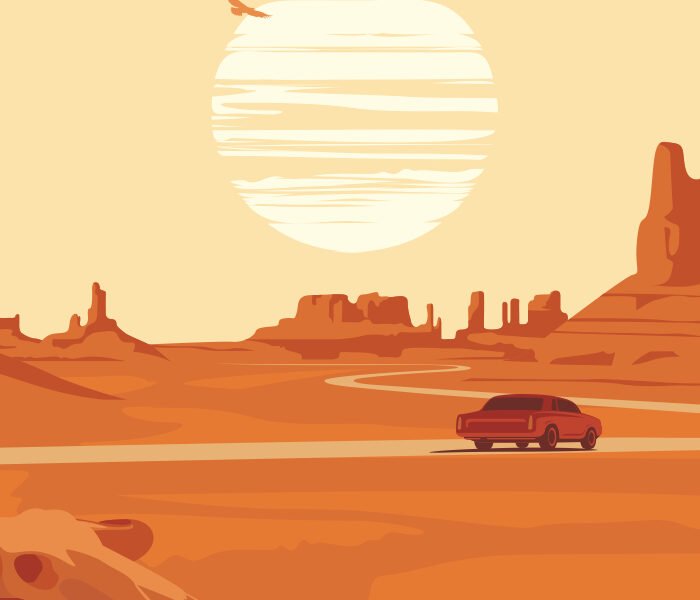




0 Comments